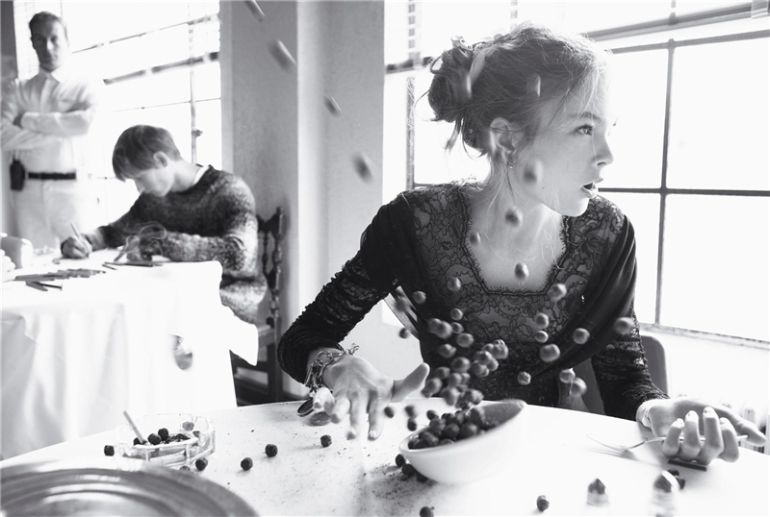|
|
Crazy Fashion Model Girls In The Psychiatric Hospital
|
The French historian Michel Foucault is widely known for his comprehensive critique of the use and abuse of the mental hospital system in Madness and Civilization. He argued that Tuke and Pinel's asylum was a symbolic recreation of the condition of a child under a bougeois family. It was a microcosm symbolizing the massive structures of bourgeois society and its values: relations of Family-Children (paternal authority), Fault-Punishment (immediate justice), Madness-Disorder (social and moral order).
Erving Goffman coined the term "Total Institution" for mental hospitals and similar places which took over and confined a person's whole life. Goffman placed psychiatric hospitals in the same category as concentration camps, prisons, military organizations, orphanages, and monasteries. In Asylums Goffman describes how the institutionalisation process socialises people into the role of a good patient, someone "dull, harmless and inconspicuous"; in turn, it reinforces notions of chronicity in severe mental illness.
Franco Basaglia, a leading Italian psychiatrist who inspired and was the architect of the psychiatric reform in Italy, also defined mental hospital as an oppressive, locked and total institution in which prison-like, punitive rules are applied, in order to gradually eliminate its own contents, and patients, doctors and nurses are all subjected (at different levels) to the same process of institutionalism.
American psychiatrist Loren Mosher noticed that the psychiatric institution itself gave him master classes in the art of the "total institution": labeling, unnecessary dependency, the induction and perpetuation of powerlessness, the degradation ceremony, authoritarianism, and the primacy of institutional needs over those of the persons it was ostensibly there to serve-the patients.
|
|









